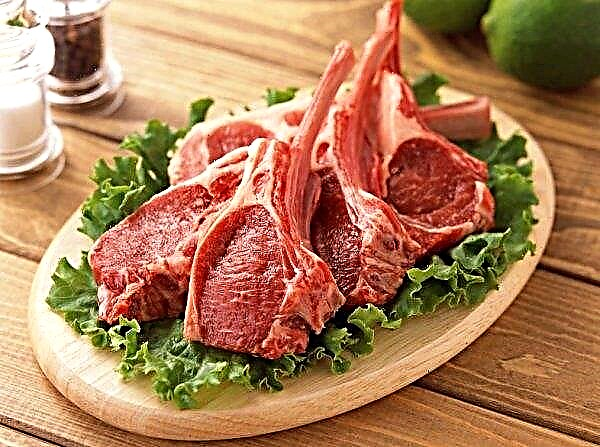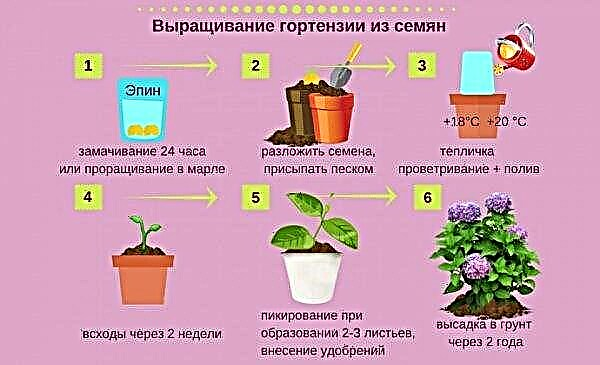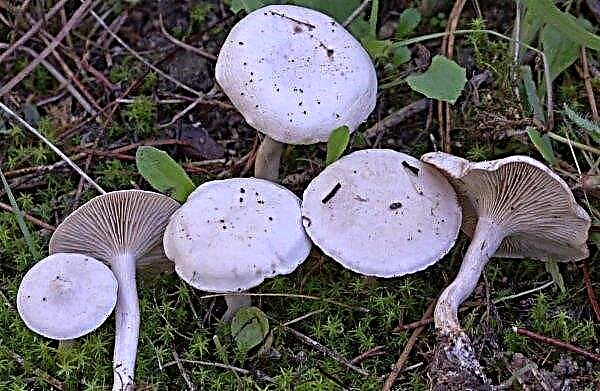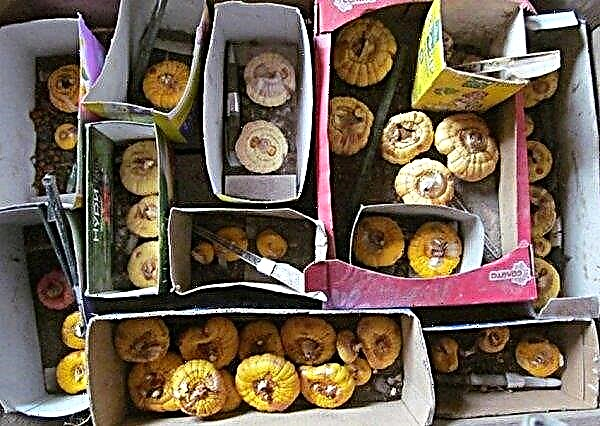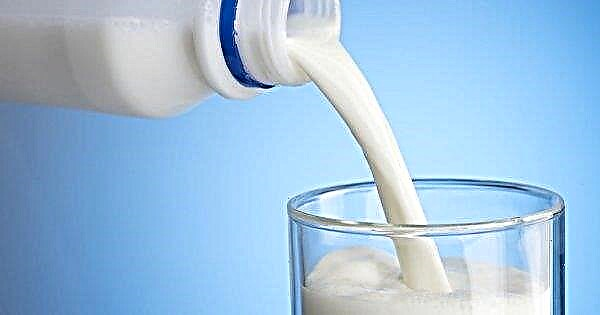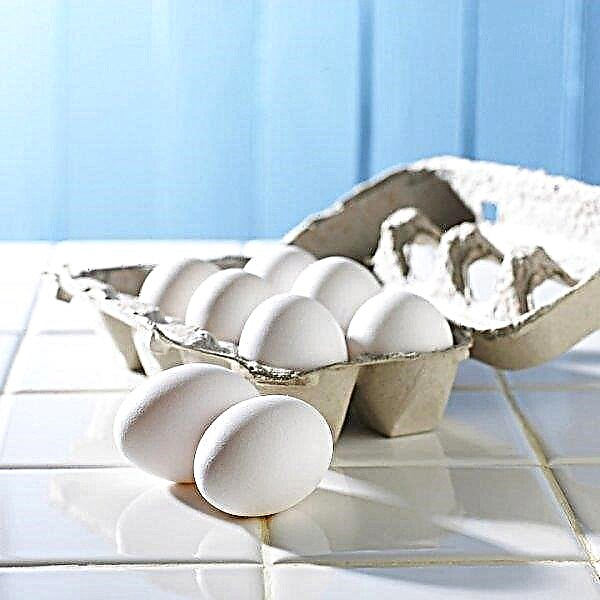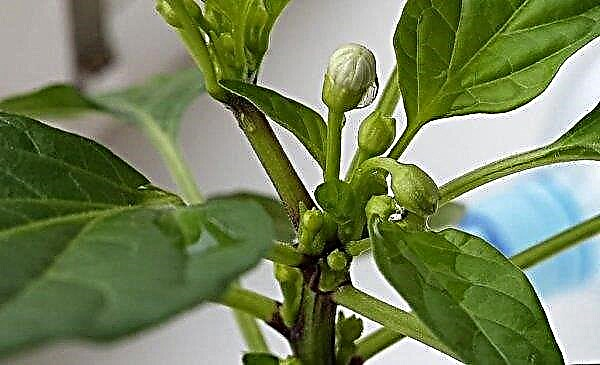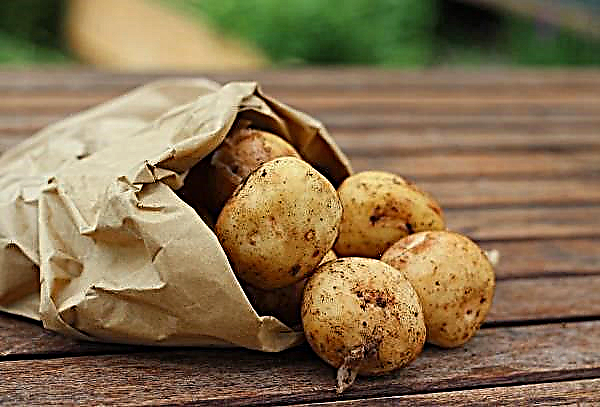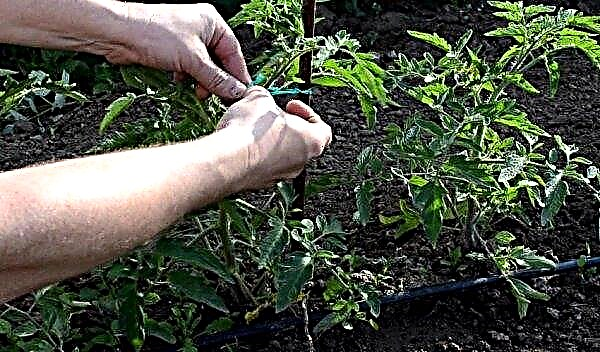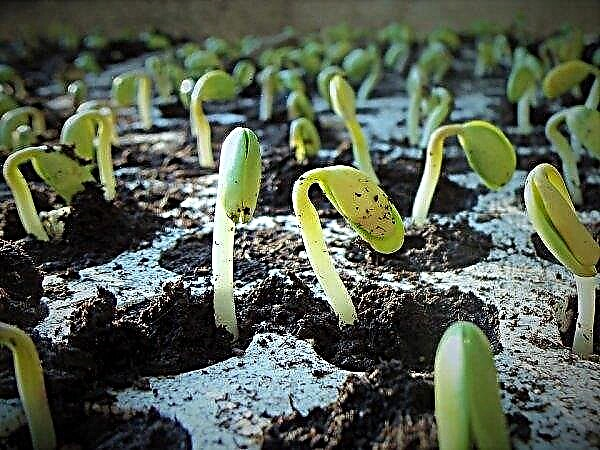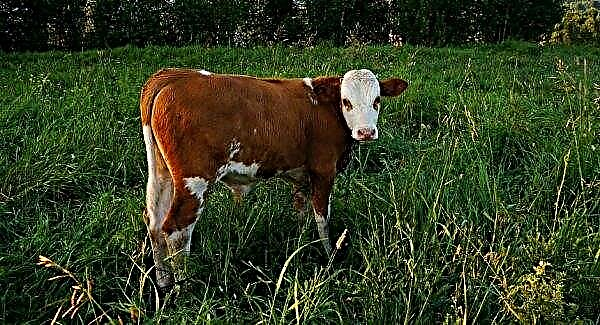Seeds of cucumbers are characterized by good germination and, unlike other crops, germinate amicably and quickly. However, to speed up this process, some preliminary manipulations with the seed material are still worthwhile. The review will discuss how to properly prepare cucumbers for sowing, whether they need to be soaked, germinated and hardened, as well as on what good germination of cucumber seedlings depends on.
Why do you need to prepare cucumber seeds for planting?
There are several reasons for the pre-planting preparation of seeds of garden crops.

In particular, this is done for:
- Selection of quality material and rejection of specimens with a dead germ that will not sprout.
- Disinfection. The causative agents of infections (fungal, viral and bacterial) are reserved in the seeds and are activated after the appearance of the sprout. Fighting a disease after it has hit a plant is difficult, expensive, and sometimes even impossible.
- Hardening. Cucumber is a culture that is sensitive to temperature conditions. Young shoots can destroy not only spring return frosts, but even a slight cooling, especially at night, when the main growth of seedlings occurs. Strengthening the culture's immunity to possible weather changes will save seedlings in the future.
- Speeding up the germination process. For this purpose, the seeds are either treated with various growth stimulants or germinated, that is, even before planting, they are brought to the appearance of the first root. Such manipulation additionally allows with absolute accuracy to determine which seeds are viable and which are not, as a result, the gardener can achieve almost one hundred percent germination, which is very important when planning beds.
How to choose the right seeds?
Not only the list of preparatory work with them directly depends on the choice of planting material, but also the very need for such preparation. The seeds of hybrids produced by Dutch, French, German and other European companies, as a rule, go through all the pre-planting procedures before they enter the market.

The price of such seed is high, in retail it is sold in small quantities (usually 10 seeds per pack), but from each seed, without exception, grows a full, healthy and strong plant. Provided that at the stage of preparing the material for planting, the gardener will not spoil it.
Important! Seeds from well-known European manufacturers are planted without prior dressing, stimulation and soaking - dry. Any additional procedures with such material may adversely affect its germination.
- For those who prefer to deal with vegetables of domestic selection, when choosing planting material, you should pay attention to such moments as:
- varietal affiliation (it is better to give preference to varieties that are highly resistant to diseases, pests, adverse weather conditions, focusing on those risks that are characteristic of a particular area);
- manufacturer reputation (novice gardeners in this matter should consult with more experienced colleagues, in the future, focus on their own observations and estimates);
- product shelf life (the packaging with seeds usually does not indicate the date of packaging, but the period until which the material should be used).
The last item is relevant for any seeds, regardless of the manufacturer. Cucumber seeds retain their germination for 6–8 years after harvesting, while sowing gives the highest results two or three years after harvesting (95% versus 85% when planting a year later), then the germination rate gradually decreases, and grows by the eighth year about every tenth seed.

Seeds collected independently from vegetables of their own harvest or fruits purchased on the market for planting is undesirable, since they are potential carriers of diseases.
The same can be said about the prospect of acquiring planting material from familiar summer residents. Even if the outward appearance of the fruit from which the seeds were collected looked completely healthy, the germination rate of such material is obviously lower than in the case of purchasing goods from a trusted producer.
Many gardeners, however, use their own harvesting material from year to year, explaining this with a “proven variety.” In this case, to obtain a high result, it is worth organizing the collection of seeds in such a way as to always sow them for the third year, that is, during the period when they still retain maximum germination, but they were stored for a long time. This precaution will allow us to rely on the fact that the pathogens stored in the seeds lose their viability.Did you know? The tobacco mosaic virus persists in leaves and seeds throughout the year, and in soil from five to seven years.

The difference in the preparation of seeds for planting in a greenhouse and open ground
The principles for preparing seed for planting are standard and do not depend on whether the crop is intended to be grown in open ground or under film shelter. The only moment that the gardener needs to take into account may relate to the obligatory hardening procedure.
Pre-hardening is less important for greenhouse cucumbers than for seedlings, which are supposed to be planted on the garden in the face of the risk of unexpected cooling. On the other hand, many fungal diseases affect cucumbers grown in greenhouses, and more often this is associated with increased humidity in the absence of properly organized ventilation.
In this regard, owners of home-made film greenhouses should choose a variety resistant to fungal infections, and also pre-disinfect the seeds.
Among the varieties and hybrids of cucumbers that are resistant to the most dangerous diseases that are recommended for growing in a greenhouse, it is worth mentioning:
Seed Preparation Rules
Preparatory work should begin about 5-6 days before the planned planting, and the planting itself, if it is a seedlings, should be done no earlier than 2-3 weeks before the seedlings move to the open ground, otherwise the fast-growing plants will reach such sizes that transplantation will be stressful for them.
Preparatory work can be divided into several stages, while they should be carried out in strict sequence.
Identification of empty seeds
The first step is to determine which specimens contain a viable embryo and which are hollow. This verification is especially important for material stored for more than three years. Identifying empty seeds is easy. To do this, pour the contents of the bag into a small container with warm and previously slightly salted water.
The water temperature should be + 20 ... + 25 ° C, the amount of salt - 1 tbsp. l on 1 liter of water. Then shake the container slightly so that the seeds get wet better and leave for about 10 minutes. After a while, an assessment of the results is carried out: the seeds that appear at the bottom of the tank are used for planting, and the specimens remaining on the surface are discarded.
Calibration
This procedure needs to be carried out only in relation to planting material of its own collection, since producers calibrate the seeds before packing, so factory goods are usually represented by copies of the same size.
Important! It is noted that the larger the cucumber seed, the faster it will rise and the greater the yield from such a plant (regardless of variety) should be expected.
For planting, it is better to use the largest seeds. Sorting of seedlings by size has to be done manually, and it makes sense to do this after rejecting hollow specimens in order to get a more complete picture regarding the number of potential seedlings. So, if a large percentage of seeds turns out to be empty, calibration may need to be approached less strictly.

Disinfection
Disinfection is one of those procedures that should not be ignored at the stage of preparation of seedlings. The most common way of carrying out this manipulation, which is used by most summer residents, is to soak the seeds in a solution of potassium permanganate (the drug is dissolved in water until a dark purple color is obtained). The exposure time should not exceed 20-30 minutes, otherwise the embryo in the seed may die.
Important! It is necessary to disinfect not only seeds, but also the soil in which seedlings will be grown, since it is the soil that contains the maximum number of pathogenic fungi, bacteria, viruses and even pest larvae.
Instead of potassium permanganate, they sometimes use:
- a solution (3%) of hydrogen peroxide (30–40 min.);
- freshly squeezed aloe juice (24 hours);
- a solution (1%) of baking soda (12-24 hours);
- ash solution - 2 tbsp. ash or activated carbon per 1 liter of water (3-5 hours);
- a solution (1.5%) of succinic acid (18-24 hours).
As an alternative to the above methods, biofungicides can be used.
These are modern, non-toxic and effective drugs, the active substance in which are predatory bacteria that destroy the spores of pathogenic fungi and are absolutely safe both for the plant and for the environment. Examples of such agents are Phytosporin M, Trichodermin, and Heteroauxin.
Hardening
Temperature differences are the main cause of death of young cucumber seedlings. But even if the vegetable is supposed to be grown in a greenhouse, preliminary hardening as a procedure that strengthens the overall immunity of the plant will not harm him. However, before exposing the seeds to the variable effects of cold and heat, they need to be well nourished with moisture.
To do this, after the disinfection procedure, the seedlings should be moved to clean and slightly heated water and left for 6-12 hours at a temperature of + 20 ... + 22 ° С. If desired, you can add a growth stimulator to the water, for example, Epin, Kornevin, Zircon, Silk, diluting the product in accordance with the instructions on the package.
 Swollen seeds are placed in a bag of soft tissue, dipped in a liquid in which the soaking took place, removed, allowed to drain water and put in a refrigerator or other cool place (the optimum temperature for hardening should be –1 ... –3 ° С, cooling time - 12-18 hours). The “warm phase" follows - the bag is moved to a room with room temperature (+ 18 ... + 20 ° C) for 6-12 hours.
Swollen seeds are placed in a bag of soft tissue, dipped in a liquid in which the soaking took place, removed, allowed to drain water and put in a refrigerator or other cool place (the optimum temperature for hardening should be –1 ... –3 ° С, cooling time - 12-18 hours). The “warm phase" follows - the bag is moved to a room with room temperature (+ 18 ... + 20 ° C) for 6-12 hours.
Such contrasting alternations can be carried out from 4 to 6, carefully watching to ensure that the processes of fermentation, decay do not start inside the bag and mold does not appear: if necessary, it should be lowered into clean water from time to time and washed carefully, being careful not to damage the contents.
Important! Aloe juice is not only a disinfectant, but also a stimulant, therefore, if disinfection was carried out using it, after completion of the procedure, you can immediately proceed to hardening.
Warming up
Seeds should not be planted immediately after cooling. After the last "cold phase", the seedlings should be kept at room temperature for 24 to 48 hours and only then proceed with planting. At this point, small seeds should already appear on the seeds, indicating that the preparatory procedures were carried out correctly, and the seed material was of high quality.
Those specimens that did not have time to hatch can sprout later, but if planting is carried out directly on the bed, and there is no shortage of seed material, it is better not to use them, so that later there is no need to carry out emergency filling of free space.

In the process of hardening and germination of cucumbers, it is necessary to ensure that the sprouts do not grow too much, otherwise when removing seeds from the bag and then planting them, there is a risk of damage to the delicate roots. It should also be remembered that before placing the seeds in the soil, they need to be slightly dried to prevent possible rotting.
Important! Last year's cucumber seeds to warm the germination rate are heated more intensively. Before hardening, it is advisable to place them for 3-4 hours in a special thermostat with a temperature of + 55 ... + 60 ° C or, for the same time, keep them wrapped in a damp cloth on the battery.
Preparing cucumber seeds for planting is a process whose complexity directly depends on the initial state of the material: in some cases such work is unnecessary and even harmful, in others it involves a number of important and painstaking procedures.
In general, we can say that cucumbers sprout actively even with an average seed quality and the absence of their preliminary processing. The main difficulties with this crop appear after it has sprouted for the first time, so the main thing that a gardener needs to do at the planting stage is disinfection, not only of the seed material, but also of the soil in which they will be grown.

